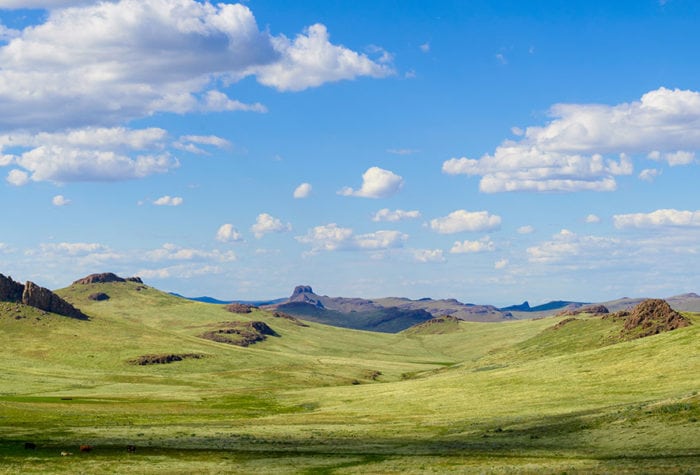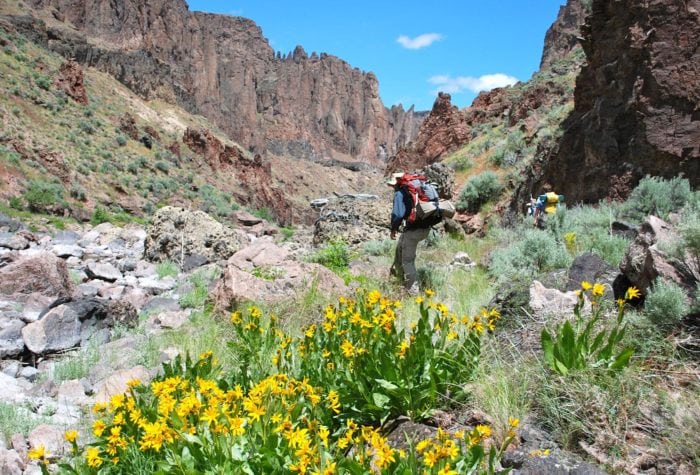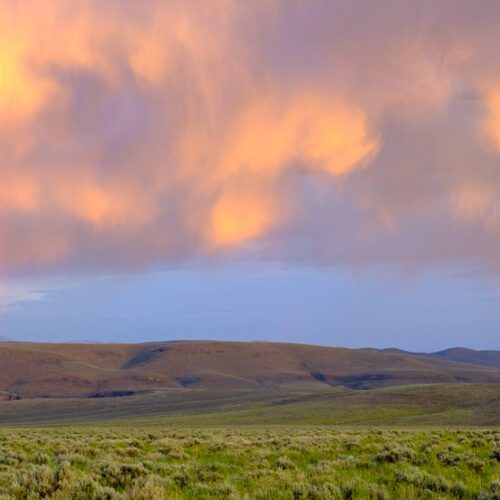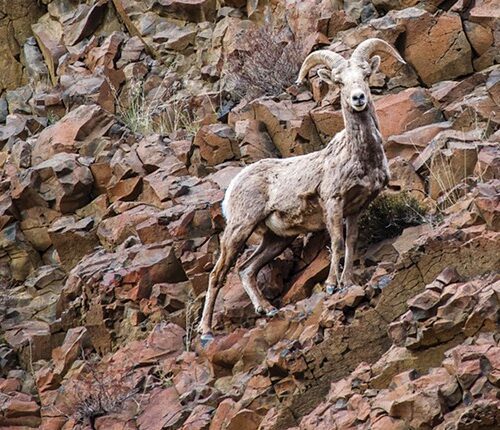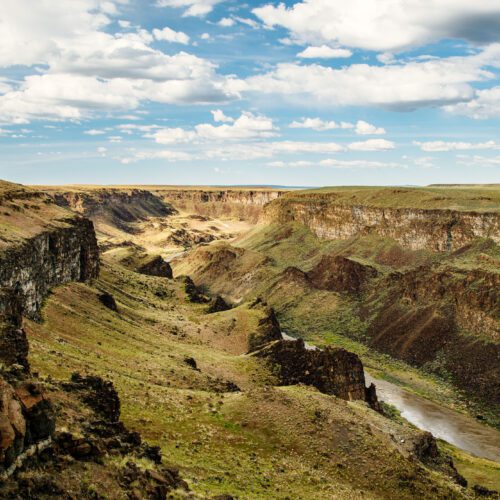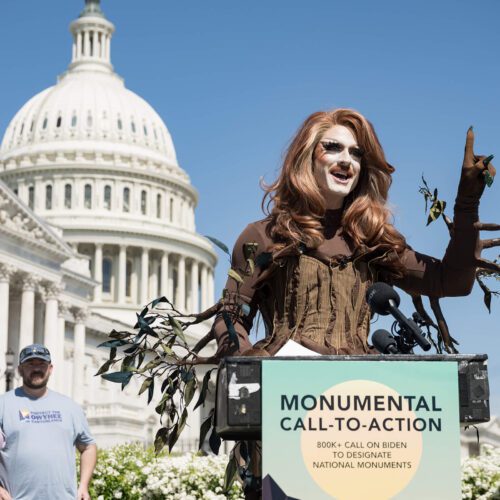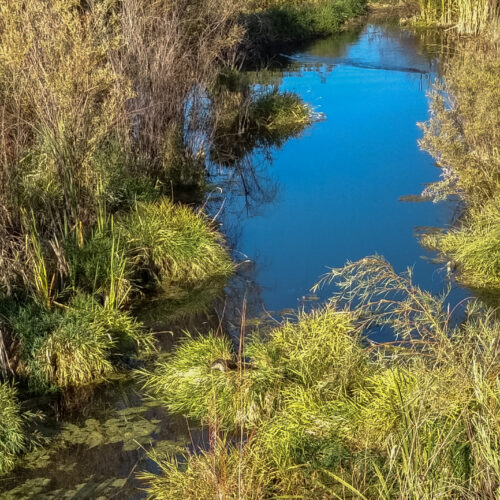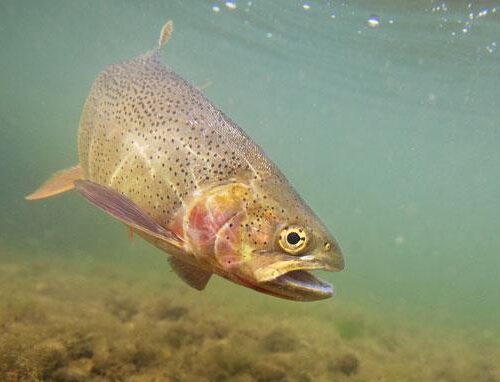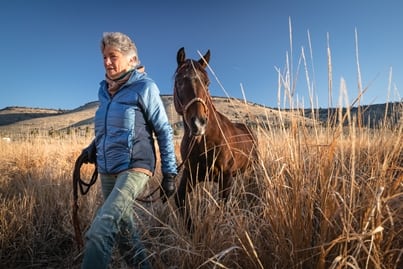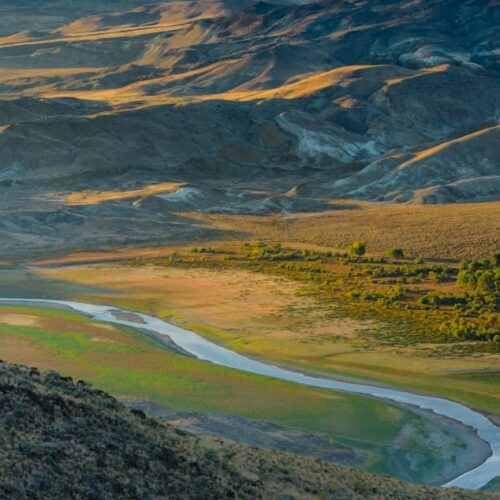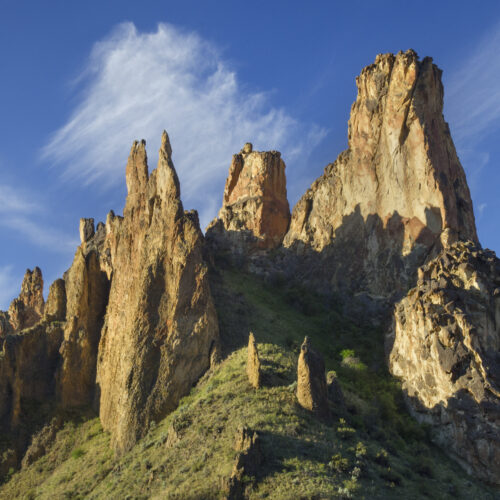An Ode to the McDermitt Caldera
Author: Karly Foster | Published: July 27, 2024 | Category: Look Back This article originally appeared in The Bulletin on June 28, 2024. An Oregon ecological haven. The McDermitt Caldera is […]
Read MoreBringing Back Storied Sheep
Author: Renee Schiavone | Published: June 25, 2024 | Category: Species Spotlight This article originally appeared in The Source Weekly on June 19, 2024. Oregon’s high desert is home to […]
Read MoreOregon’s Best Conservation Opportunity
Author: Mark Salvo | Published: May 29, 2024 | Category: Coming Up This article originally appeared in the Spring + Summer 2024 Desert Ramblings After three decades of advocacy, this […]
Read MoreAn Avian Oasis
Author: Anne White | Published: May 17, 2024 | Category: Species Spotlight This article originally appeared in The Source Weekly on May 8, 2024. Oregon’s Owyhee Canyonlands is a seasonal […]
Read MoreFrom Washington, D.C., to the Canyons of the Owyhee
Author: Karly Foster | Published: May 7, 2024 | Category: Look Back From the nation’s capital to its rugged canyons and surging waters, ONDA traversed the country advocating for the […]
Read MoreRevisiting Pine Creek Conservation Area
Author: Gena Goodman-Campbell | Published: April 18, 2024 | Category: Coming Up This article originally appeared in the Spring + Summer 2024 Desert Ramblings Bringing new restoration methods to a […]
Read MoreSpecies Spotlight: Lahontan Cutthroat Trout
Author: Scott Bowler | Published: April 10, 2024 | Category: Species Spotlight This article originally appeared in the Spring + Summer 2024 Desert Ramblings Paragon of adaptation and legacy of […]
Read MoreWomen of the Owyhee
Author: Karly Foster | Published: March 6, 2024 | Category: Profile Dive into a journey of empowerment and inspiration as we celebrate Women’s History Month with profiles on the remarkable […]
Read MoreMaking a Plan for the Owyhee Canyonlands
The Owyhee Canyonlands is a national treasure, featuring miles upon miles of deep rugged canyons and rolling sagebrush grasslands that support a rich diversity of wildlife and feature some of […]
Read MoreSecuring Historic Wildlands Protections in the Owyhee Canyonlands
Author: Mac Lacy | Published: March 4, 2024 | Category: Deep Dive A deep dive into the history of the Southeastern Oregon Resource Management Plan and the future of Oregon’s […]
Read More